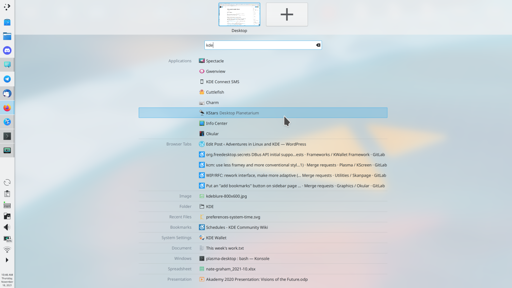

Large shared codebases never reflect a single design, but are always in some intermediate state between different software designs. How the codebase will hang together after an individual change is thus way more important than what ideal “north star” you’re driving towards.
Yeah, learned this the hard way. Came up with an architecture to strive for 1½ years ago. We shipped the last remaining refactorings two weeks ago. It has been a ride. Mostly a ride of perpetually being low-priority, because refactorings always are.
In retrospect, it would’ve likely been better to go for a half-assed architecture that requires less of a diff, while still enabling us to ship similar features. It’s not like the new architecture is a flawless fit either, after 1½ years of evolving requirements.
And ultimately, architecture needs to serve the team. What does not serve the team is 1½ years of architectural limbo.










I mean, for me, it’s also mostly a matter of us doing embedded(-adjacent) software dev. So far, my company would hardly ever choose one stack over another for performance/efficiency reasons. But yeah, maybe that is going to change in the future.